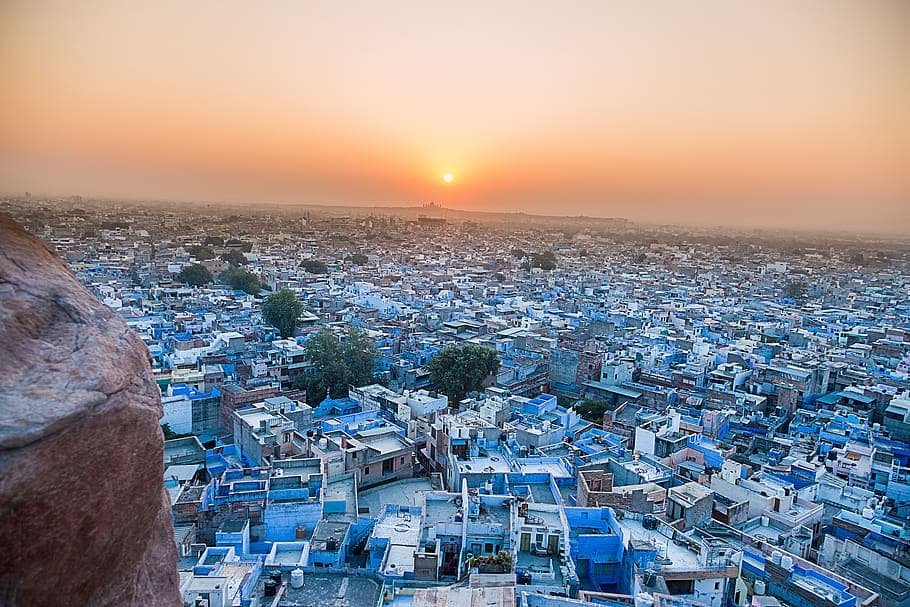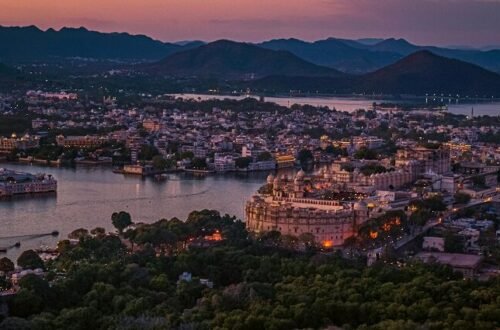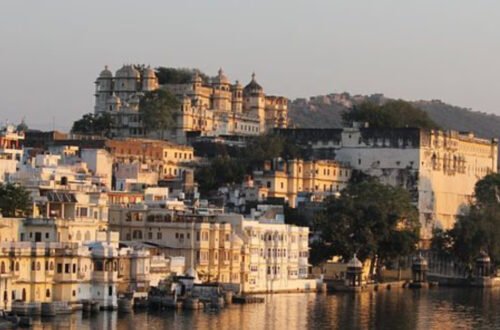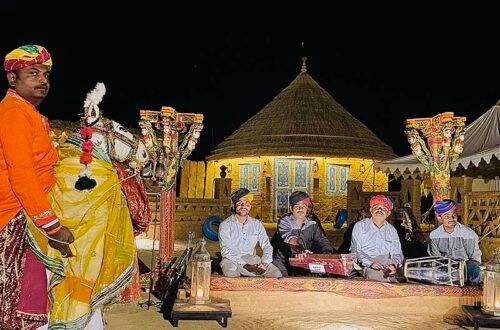Nestled at the edge of the Thar Desert, Jodhpur—often referred to as the “Blue City”—is not merely a destination but a vibrant chronicle of Rajput valor, architectural brilliance, and living heritage. With its indigo-washed walls, towering forts, and royal palaces, Jodhpur stands as an immersive reminder of Rajasthan’s royal past. This immersive experience can be enriched by partnering with a knowledgeable Rajasthan Tour Operator who understands the nuances of the region’s cultural and historical layers.
The Majestic Mehrangarh Fort: A Fortress of Legends
At the heart of Jodhpur’s identity is the Mehrangarh Fort, an architectural marvel perched atop a 400-foot-high hill. Built in the 15th century by Rao Jodha, the founder of Jodhpur, the fort is a symbol of unyielding Rajput pride. Its massive walls, intricate carvings, and vast courtyards speak volumes about the region’s military prowess and artistic vision. Within its walls lie palatial structures like the Phool Mahal and Moti Mahal, each room echoing tales of royal opulence and historical significance.
A visit to the fort isn’t just about appreciating its grandeur—it’s about stepping into a living history museum where the legacy of the Rathore dynasty continues to resonate through curated galleries, antique weaponry, and preserved manuscripts.
Umaid Bhawan Palace: Royal Living in the Modern Era
Another cornerstone of Jodhpur’s royal narrative is the Umaid Bhawan Palace, one of the world’s largest private residences. Commissioned in 1929 to provide employment during a severe famine, this art-deco marvel blends Indian and European architectural styles. Today, it functions as a luxury hotel, museum, and royal residence.
What makes the Umaid Bhawan Palace unique is that it is not a relic of the past—it is a living heritage site where royal descendants still reside. For travelers seeking a deeper connection to Jodhpur’s regal identity, this palace offers an intimate glimpse into the continued traditions of Rajput hospitality and governance.
Jodhpur’s Blue Hues: More Than Just a Pretty Facade
One of the most captivating aspects of Jodhpur is the sea of indigo houses in the old city. Originally painted to denote the homes of Brahmins, these blue facades have now become an aesthetic signature of the city. However, their significance runs deeper. The blue color was believed to keep homes cool during scorching summers and repel insects.
Exploring these lanes, one uncovers a layered story of caste, climate, and culture. Local artisans, heritage havelis, and temples hidden within these bylanes make for an authentic experience—an experience best enjoyed through guided explorations such as a Jodhpur Full Day Tour, which ensures no detail is overlooked.
The Cultural Fabric: Festivals, Music, and Cuisine
Jodhpur is not just about monumental stone and historic artifacts—it is alive with vibrant traditions and age-old customs. Festivals like Marwar Festival and Rajasthan International Folk Festival (RIFF) showcase traditional Rajasthani music, dance, and crafts in settings that feel straight out of a royal court. These events are living embodiments of intangible cultural heritage passed down through generations.
The cuisine too reflects a storied past—rich in spices, flavors, and rituals. From laal maas to mirchi vada, the culinary traditions of Jodhpur are deeply rooted in its desert geography and royal kitchens. Participating in a traditional cooking session or local food walk can offer deeper insights into the everyday heritage that sustains Jodhpur’s timeless identity.
Local Craftsmanship: The Echoes of Royal Patronage
Jodhpur has long been a hub of traditional crafts, many of which flourished under royal patronage. From hand-crafted furniture and antiques to tie-dye (bandhani) textiles and mojari footwear, the city’s markets are treasure troves of artisanal legacy.
These crafts aren’t just commodities—they are stories materialized into tangible form. Visiting local workshops or artisan cooperatives reveals the painstaking detail and passion involved, much of which has been passed down through family lineages for centuries. Supporting these crafts is not only a means of cultural preservation but also of sustaining local livelihoods.
Step into a Timeless Journey
Jodhpur remains one of India’s rare cities where history is not confined to textbooks or museums—it breathes through its streets, palaces, and people. It is a living museum where every stone, meal, and melody narrates the legacy of the Rajputs.
For those looking to experience this journey in its fullest, curated travel experiences like the Exotica Rajasthan Tour Package provide a comprehensive itinerary that combines luxury with local depth. From desert safaris to temple visits and cultural interactions, such packages are designed to offer travelers not just sightseeing, but insight.
Jodhpur doesn’t merely invite you to see—it urges you to feel, to connect, and to understand. Its grandeur lies not just in its past, but in how gracefully it carries that legacy forward. For any traveler with an eye for history, art, and authenticity, Jodhpur is not a stop—it’s a revelation.





